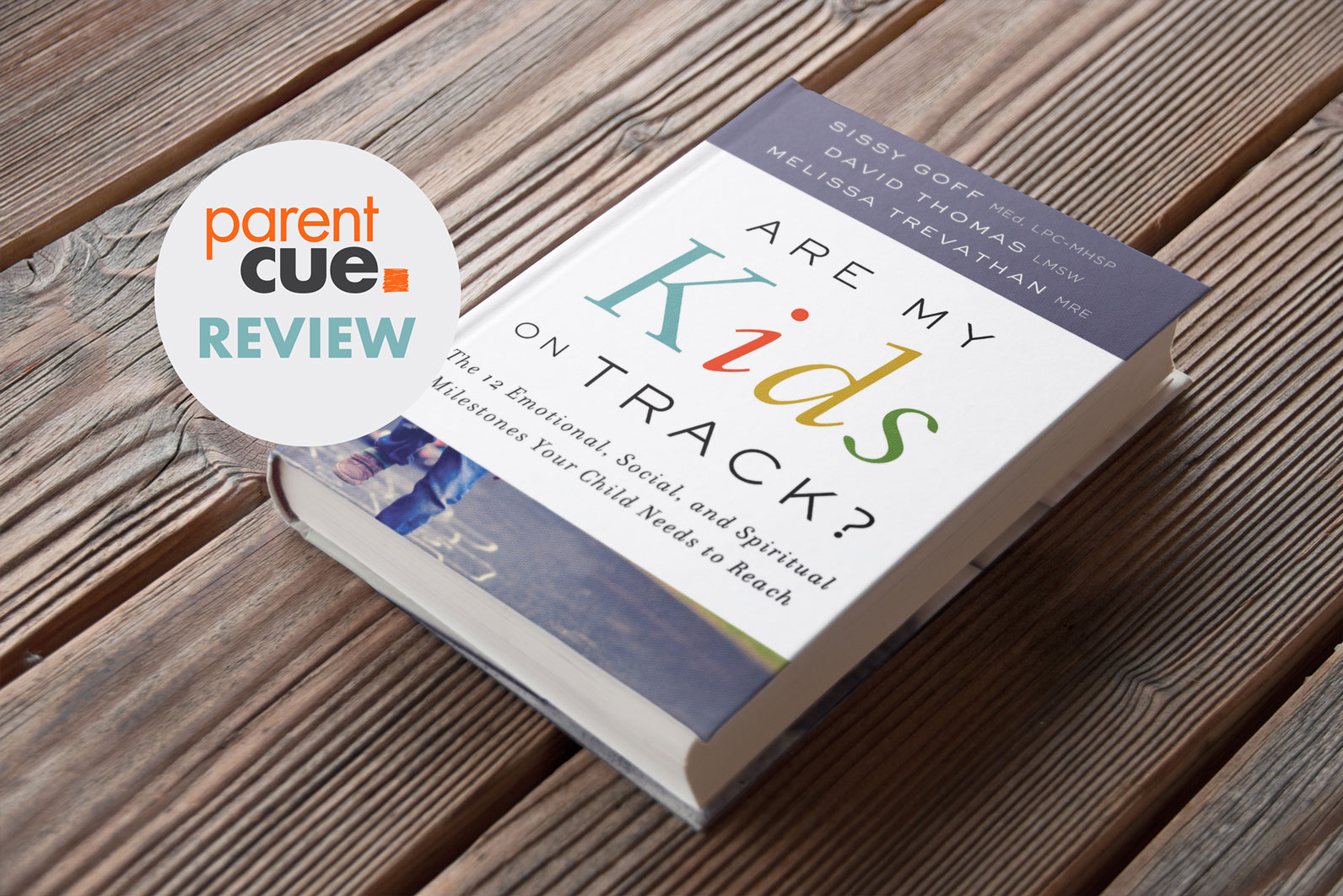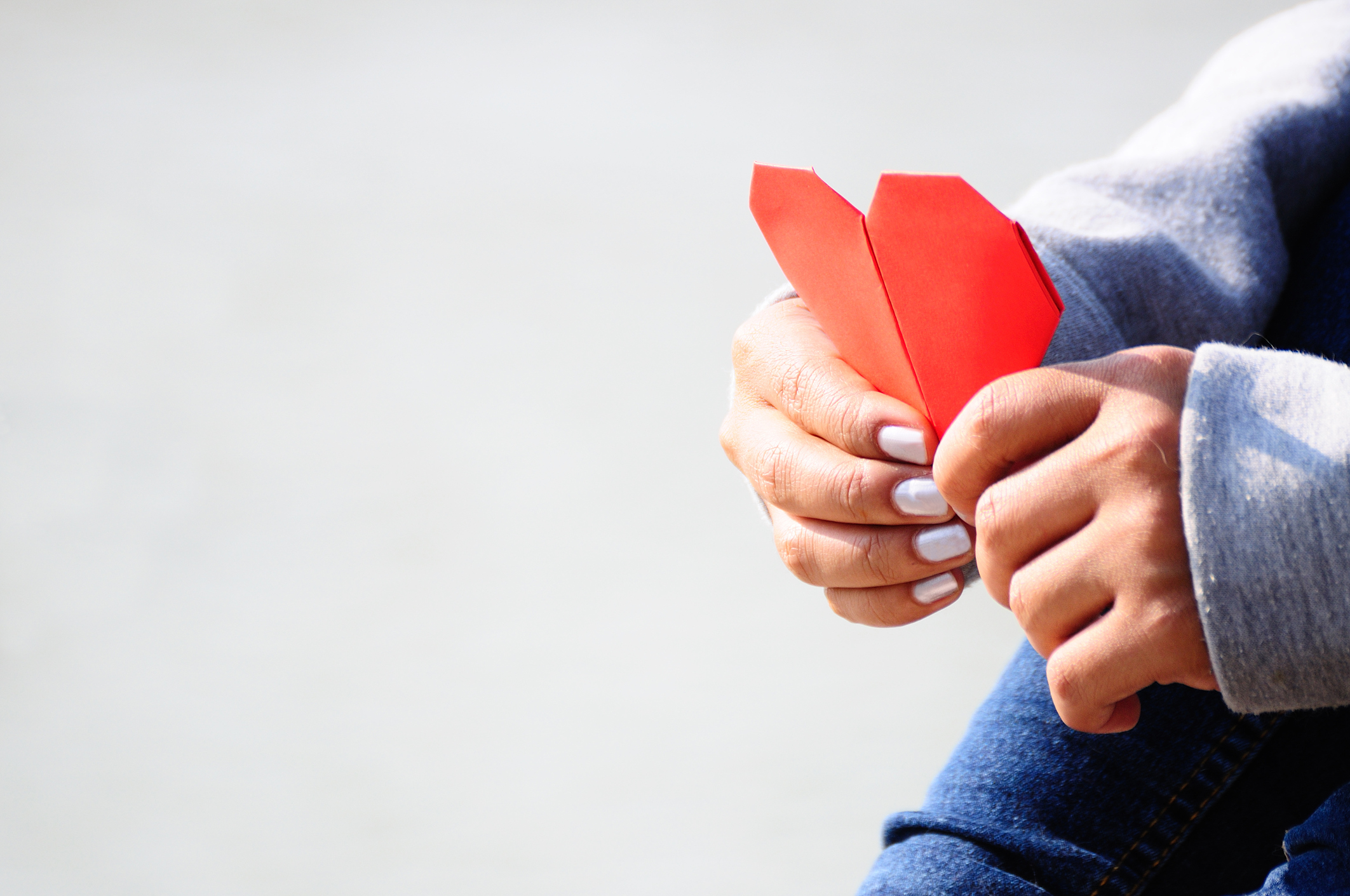
I loved reading the book The Five Love Languages of Children by Gary Chapman and Ross Campbell. I shared some general thoughts in a post last week. Now it’s time to get a little more practical. I have three kids in different phases, and here are a few practical ways this book hit home for me and how I used what I learned in my own family for a TRIPLE WIN:
My Preschooler:
When he threw himself on the floor in a tantrum, instead of losing it or sending him to his room, I asked myself a series of recommended questions:
- Is his love tank full?
It’s been a long day, so he could be low. I get down at his eye level and offer a hug, rubbing his back gently.
- Does he have a physical need?
He says he hurt himself, but I think he’s really hungry and tired. So I offer him a cheese stick and encourage him to cuddle up on the couch nearby with a blanket while I finish dinner.
- Does he feel sorry?
After a few bites, he said thank you, I love you with a big sigh and then he said he was sorry for throwing a fit, that he would try to make better choices next time. *I’m not making this up! There are witnesses. The authors say this is the result when we think of what a child needs first– calmer kids who can manage themselves. And no need for punishment. WIN!
My Elementary-aged Kid:
There is Mystery Game at the back of the book (and an assessment on the website) to help you discover their primary love language. There are 2 different options.
- We did the older version (aimed at 9-12-year-olds) which is like a pop quiz. You tally how many you circle of each letter. To up the fun factor, parents write down their guess first and you compare after they’ve taken it. My daughter came out as expected: Words of Affirmation! She was beaming and felt like it was so true, quickly sharing something someone said just that day that made her feel good. We also talked a lot about her lowest—touching.
- A few days later, we played another game they suggested called “I like you because…” before she went to sleep. I got as much out of it, if not more, than she did as we went back and forth coming up with reasons we liked each other, some silly and some serious. She snuggled up close, laughing. WIN!
Recommended Resources:
Discover Your Child’s Love Language, Ages 5-8
Discover Your Child’s Love Language, Ages 9-12
My Teenager:
The same day I finished the book, my oldest realized he had a zero in the grade book. I thought back to a technique from the book I nicknamed the Oreo approach. You sandwich the part when you’re speaking hard truth and they’re upset with the love language that screams loudest to them.
- I’m not a 100% sure what his first love language is (I plan to try all 5, observing and recording like they recommend), but since he’s affectionate with me, I leaned in close wrapping my arm loosely around his shoulders while he hit himself in the forehead for being so stupid.
- I said something similar to an example given in the book about how this isn’t a pattern with him. It was a mistake. I knew he’d learn from it and try his best to make it better the next day. I told him I was available if he needed help brainstorming what to do next. (Another great point from the authors—we can’t both own his responsibilities. The more I take on, the less he will!)
- I gave him a soft side hug before walking away to give him space. He went to his room for a while, but he came back a little later and asked if I’d read the email he’d written his teacher asking to meet with her the next day. WIN!
Recommended Resource: Discover Your Child’s Love Language, Teenagers
PARTNER UP BETTER
These 5 languages work similarly between adults too. The authors say we can really stand out in the world if we can give and receive love in more than 1 or 2 ways.
We can start looking for clues on how the significant others in our lives experience love. It’s probably not the way you and I receive love or even the way our parents love us. One of the best ways we can love our kids is finding better ways to love each other because they have front row seats, don’t they?
GET OTHER ADULTS INVOLVED
If you don’t have a partner right now or you have one that travels or works a lot, think of other people to join your fuel-filling team. It might be a neighbor, a coach, a teacher, a babysitter, a grandparent or a small group leader at church.
- Pay attention to the people that make your kids glow or your teenagers puff up a bit in pride.
- Look for smaller situations for them to really feel known– groups that meet regularly where they feel safe to share and participate.
START TODAY
As the authors so beautifully say at the end:
“Family by family, we can create a more loving society.
What you do in loving your family will make a difference in our nation.”
Comment below and let me know what stands out to you the most as you read. Tell me how it goes when you try some of these things with your own kids.





